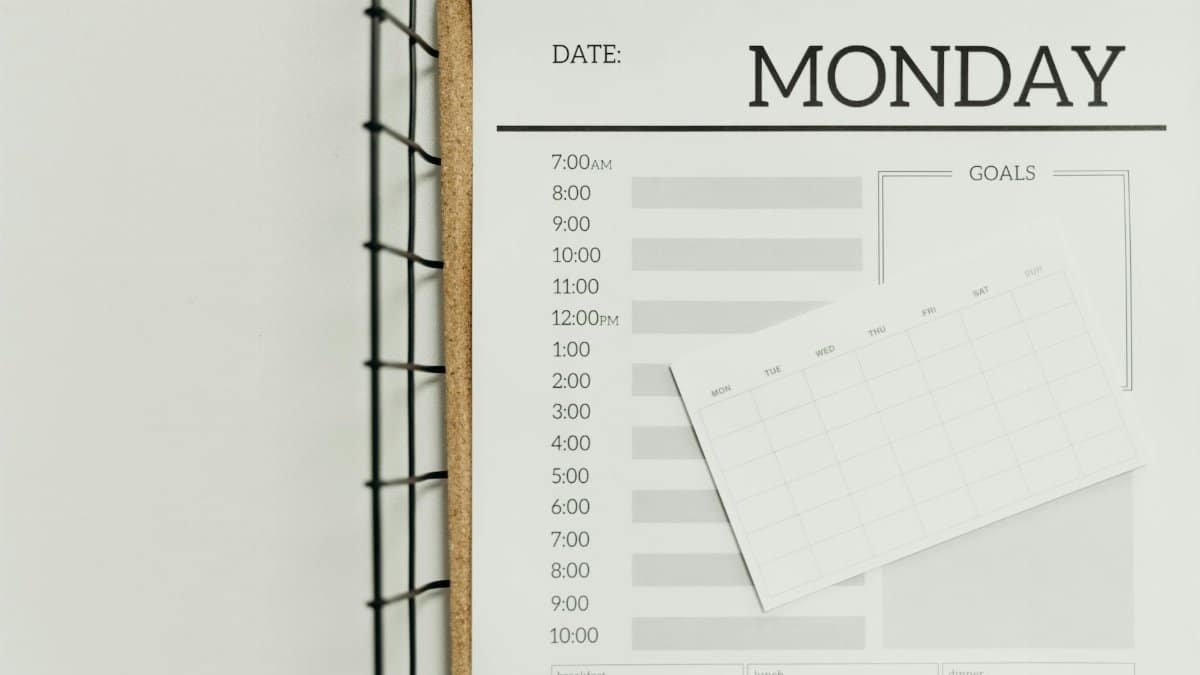Imagine stepping into an office on a Monday morning, the usual hum of chatter replaced by an almost reverent hush. No casual weekend recaps, no impromptu coffee chats—just the soft clack of keyboards and the occasional rustle of paper. This is the essence of a “silent Monday office,” a growing trend among U.S. companies experimenting with designated quiet days to boost focus in open-plan workspaces. For many, it’s a radical departure from the collaborative buzz these environments were designed to foster. Yet, as workloads intensify and distractions multiply, some employers are betting on silence as the key to productivity. Could this counterintuitive approach reshape how we think about office dynamics? The answer, it seems, hinges on a delicate balance between individual focus and team synergy, a tension playing out in workplaces from Seattle to Boston.
The Rise of Quiet in Noisy Spaces

Open-plan offices, once heralded as the future of collaboration, have faced criticism for their noise and lack of privacy. A 2019 study from the University of California, Irvine, found that workers in such environments lose an average of 86 minutes daily to distractions.University of California, Irvine researchers noted that constant interruptions—be it a colleague’s phone call or an overheard conversation—fragment concentration. Enter the silent Monday office, a policy where employees agree to minimize verbal communication on the first day of the week, often using headphones, written notes, or digital tools to interact. Some firms even designate “quiet zones” with strict no-talking rules. In 2025, as hybrid work models persist, this concept is gaining traction among companies desperate to reconcile the benefits of open layouts with the need for deep work.
The trend isn’t universal, but it’s notable. Tech startups in Silicon Valley and financial firms in New York have piloted these policies, often citing employee burnout from “always-on” communication. One software engineer in Portland shared anonymously that Mondays now feel like a reset: “It’s the one day I can actually think without someone tapping my shoulder.”
Productivity Gains: What the Data Says

Does silence translate to output? Early evidence suggests it might. A 2023 survey by the Society for Human Resource Management (SHRM) across 42 U.S. firms with silent Monday policies reported a 17% uptick in individual task completion rates on those days.SHRM highlighted that employees in roles requiring sustained focus, like data analysis or coding, benefited most. Another study from Harvard Business Review in 2022 noted a reduction in reported stress levels by 12% among participants in quiet-day experiments.Harvard Business Review attributed this to fewer social interruptions, which often trigger cognitive overload.
Numbers don’t tell the whole story, though. Managers in these studies also reported a slight dip in team problem-solving speed on silent days, as spontaneous brainstorming took a backseat. It’s a trade-off—individual wins versus collective momentum—that not every workplace can afford.
Employee Reactions: A Mixed Bag

Walk into a silent Monday office, and the atmosphere can feel almost monastic. For some, it’s liberating. A marketing assistant from a Chicago firm described the policy as “a breath of fresh air,” allowing her to power through emails without the usual barrage of small talk. Yet others chafe at the enforced quiet. Online discussions often reveal a sense of isolation, with one worker lamenting how Mondays feel “like working in a library, not a team.” Extroverted employees, or those in roles reliant on quick collaboration, report feeling stifled, even resentful.
The divide often falls along personality lines, but it’s also generational. Younger workers, accustomed to digital-first communication, seem to adapt more readily, while some older employees miss the social glue of casual banter. Companies implementing these policies must navigate this spectrum of needs, a challenge with no one-size-fits-all solution.
The Social Cost of Silence

Beyond productivity, there’s a deeper question: what does a silent Monday office do to workplace culture? Open-plan designs were built on the promise of connection—serendipitous ideas born over a shared desk. Muffling that on Mondays risks eroding camaraderie, especially for new hires who rely on informal chats to build trust. A 2021 report from Pew Research Center on workplace dynamics underscored that 68% of employees value social interaction as a key motivator.Pew Research Center warned that policies perceived as impersonal could dampen morale over time.
Some firms counteract this by scheduling team check-ins later in the week or hosting Monday evening socials. But for hourly workers or those on tight deadlines, silence can feel less like a perk and more like a mandate, widening the gap between management’s goals and staff realities.
Practical Challenges in Implementation

Setting up a silent Monday office sounds simple—issue a memo, put up a sign, done. Reality is messier. How do you enforce quiet without seeming draconian? What about urgent issues that can’t wait for a Slack message? Companies often stumble on logistics, like ensuring client calls aren’t awkwardly silent or that emergency protocols override the hush. One mid-sized firm in Austin tried a silent Monday only to scrap it after three weeks when customer-facing staff found the policy untenable.
Then there’s the physical space. Open-plan layouts, with their lack of walls, amplify even whispers. Without investment in soundproofing or personal booths, the “silent” in silent Monday can feel aspirational at best. Firms with limited budgets often see the policy unravel under these constraints.
Balancing Quiet and Collaboration

Perhaps the biggest lesson from silent Monday experiments is the need for flexibility. Some companies now offer opt-in silence, letting employees choose whether to participate or carve out designated speaking areas. Others limit the policy to certain hours—say, 9 a.m. to noon—easing the transition back to normalcy. A 2024 study from the National Institute for Occupational Safety and Health (NIOSH) suggested that hybrid approaches, blending quiet time with structured interaction, yield the highest satisfaction rates.NIOSH emphasized tailoring policies to specific workforce needs over blanket rules.
At a Denver tech hub, this hybrid model looks like a Monday morning “focus block” followed by an afternoon huddle. Employees get the best of both worlds: uninterrupted time to think, and space to connect. It’s not perfect, but it acknowledges that silence and synergy aren’t mutually exclusive.
Looking Ahead: A Sustainable Shift?

As workplaces evolve in 2025, the silent Monday office remains a bold experiment, one that challenges long-held assumptions about productivity and interaction. Its success depends on execution—on listening to workers as much as enforcing rules. For every employee who thrives in the quiet, another may feel cut off, a reminder that no policy can fully capture the messy, human nature of work. Companies willing to adapt, to treat silence as a tool rather than a cure-all, may find a middle ground. Meanwhile, the rest of us watch, curious if this hush could signal a broader rethinking of how we share space, time, and ideas in an increasingly noisy world.
